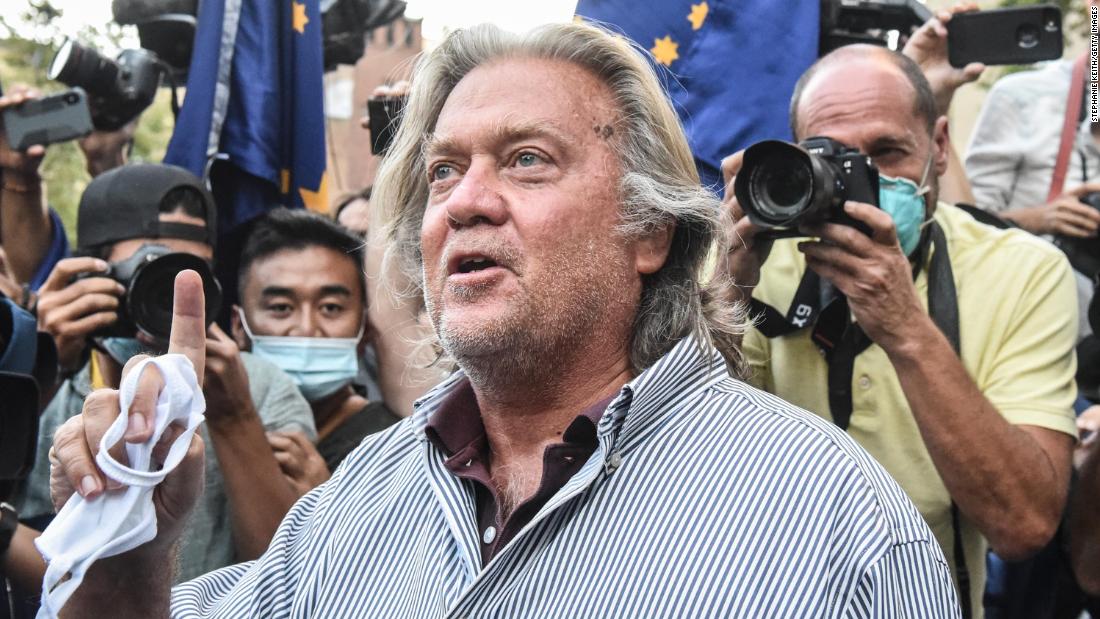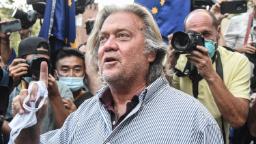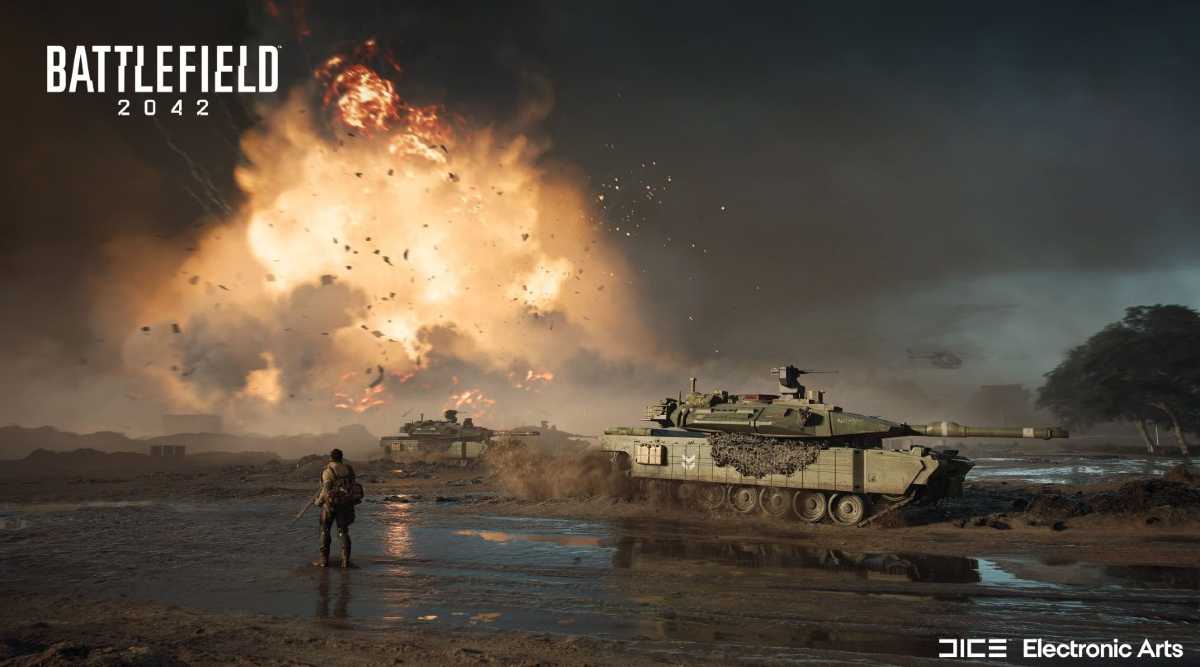In the waning days of December, Bannon was on the phone with Trump, urging the President to make January 6 — the date of the official certification on the Electoral College vote by Congress — a sort of final stand in his war on (nonexistent ) voter fraud.
“‘You’ve got to call Pence off the [expletive] ski slopes and get him back here today. This is a crisis.’ Bannon said, referring to the vice president who was vacationing in Vail, Colorado.
“Bannon told Trump to focus on January 6. That was the moment for a reckoning.
“‘People are going to go ‘What the [expletive] is going on here?’ Bannon believed. ‘We’re going to bury Biden on January 6th, [expletive] bury him.’
“If Republicans could cast enough of a shadow on Biden’s victory on January 6, Bannon said, it would be hard for Biden to govern. Millions of Americans would consider him illegitimate. They would ignore him. They would dismiss him and wait for Trump to run again.
“‘We are going to kill it in the crib. Kill the Biden presidency in the crib,’ he said.”
That conversation with Trump on December 30 was far from the only time the two talked in the lead-up to January 6. In fact, after a contentious meeting on January 5 in which Pence told Trump he would not overturn the election results the next day , Trump called Bannon, who was at a local DC hotel with former New York City Mayor Rudy Giuliani, to commiserate. As Woodward and Costa write:
“Trump brought up his meeting with Pence. He said the vice president’s whole demeanor had changed — Pence was not the man he had long known.
“‘He was very arrogant,’ Trump said.
“Bannon agreed.”
And in the wake of the January 6 insurrection, Mark Milley, the chairman of the Joint Chiefs of Staff, invoked Bannon in trying to understand the origins of that day.
“It was a planned revolution,” Woodward and Costa write. “Steve Bannon’s vision coming to life. Bring it all down, blow it up, burn it, and emerge with power.”
That Bannon was so involved in influencing Trump’s view of January 6 — or that he was in contact with the President at all — is a stark testimonial to the fact that Trump never really breaks with anyone fully.
Trump, as he does, attacked Bannon once his political svengali was no longer by his side. In the wake of Michael Wolff’s book, “Fire and Fury,” which cast Trump in a deeply negative light (and for which Bannon was rumored to be a major source) the President put out a lengthy statement bashing Bannon.
And yet, in his final days, as he sought to cling to a presidency that he had lost fair and square, Trump turned back to Bannon, who had made a name for himself in far right circles for his embrace of wild conspiracy theories and his belief that the bureaucracy was rotten to its core.
Bannon was ready and waiting, dripping his poison into Trump’s all-too-willing ear. January 6 was no accident. It was part of Bannon’s long-term plan to end democracy as we know it.
Source link




